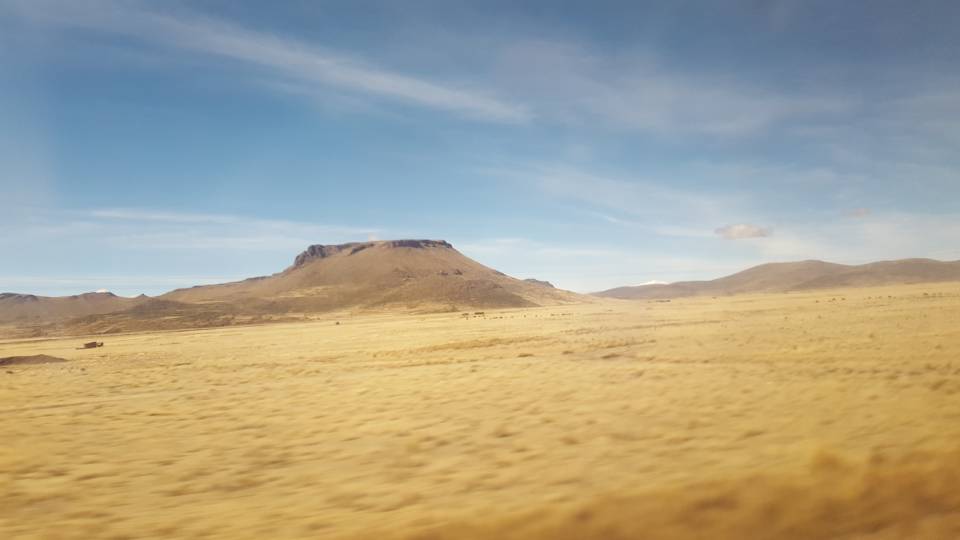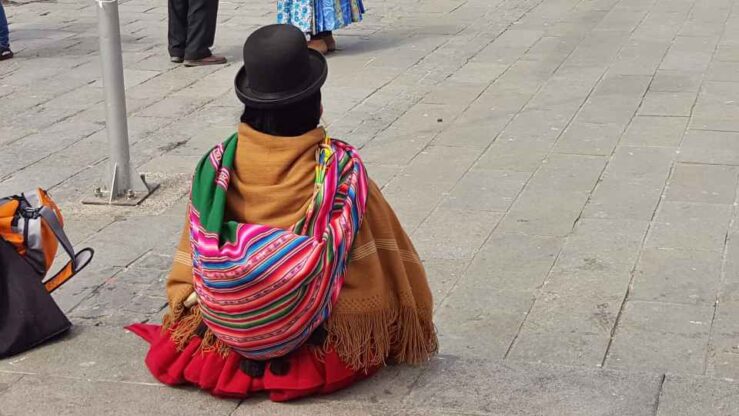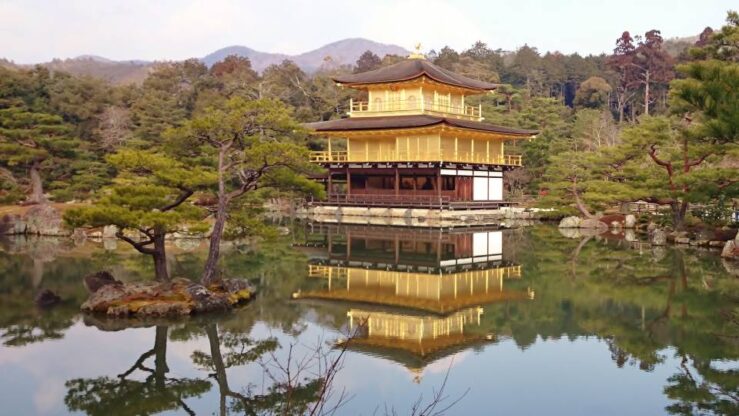At 4,800 m in the Andes of Peru among Llamas and Alpacas
We have beforehand booked seats on the buses between Puno and La Paz. After a stunning visit to the floating islands on Lake Titicaca, we are now ready to continue by bus to the border town, Copacabana.
Once back on the bus, we get the shocking news that a strike has blocked the usual road to Copacabana in Bolivia, and therefore, we will not be able to continue as planned.
Seemingly, the Peruvian government is heavily engaged in corruption, and there is a good deal of strikes going on these months. According to our guide in the Sacred Valley some days ago, more or less all of the four last presidents in Peru have been deeply involved in corruption scandals and are either in jail or on their way to jail!
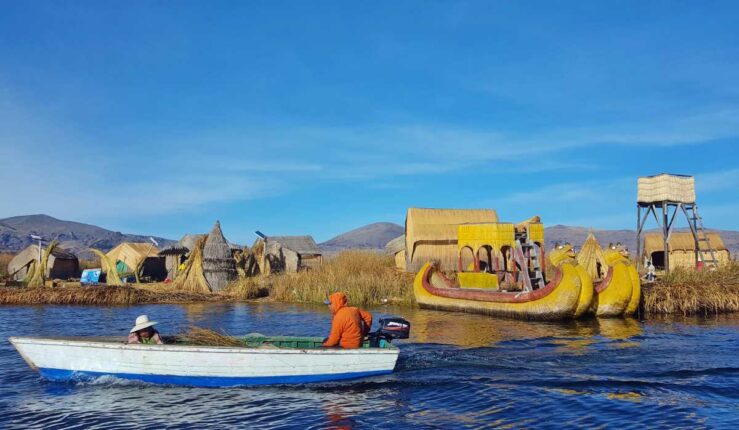
Lake Titicaca, Puno | Photo: Travel In Culture
We have read about a mining strike, a teachers’ strike, a transportation strike, and clashes with armed groups beyond the anti-government protest. As a consequence, riots and strikes follow in the entire country. Seemingly, we are now affected too!
The bus assistant now informs us that our bus company, Bolivia Hop, as one of the only bus companies from Cusco, has decided to do their utmost to get all passengers through to their final destinations in Bolivia. That means that they have decided to make a detour of 4 hours up through the Peruvian Andes Mountains to reach the Bolivian border from that side. We feel lucky since yesterday all buses, without exception, had to go all the way back to Puno or even to Cusco due to the blockade!
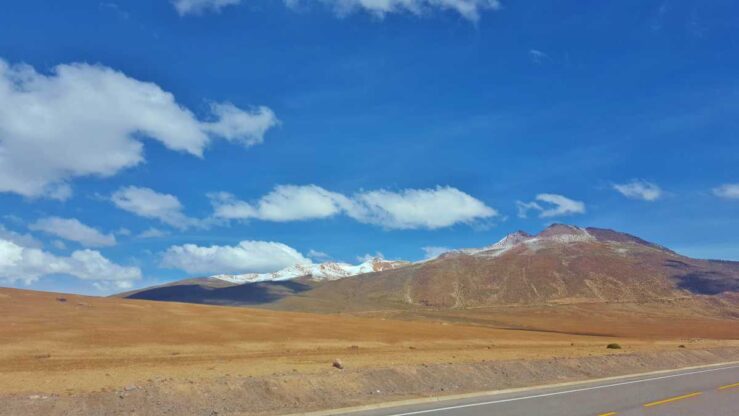
Photo: Travel In Culture
Surprisingly enough, the detour turns out to be one of our most outstanding experiences in Peru. The Andes Mountains are awe-inspiring. We are taken to heights and nature we could only have dreamt of. The bus passes through local villages and tiny communities of indigenous Andean people doing everyday chores such as selling and buying from each other on the small outdoor market.
Crime rate Peru/your country
McMeal price Peru/your country
Road safety Peru/your country
On our further journey, we reach a farm where we can hardly believe our eyes. All of a sudden, in the middle of yellowish and brownish scenery, a tall and proportional snowman appears. Not the faintest sign of snow as far as the eye can see. Obviously, there must have been snowy days here recently. At this altitude, the sun is powerful, though, and a day or two with piercing sun rays may well have melted a fresh layer of snow. Puzzled, we continue on the mountain road. Little by little, snow steadily begins to cover the naked surfaces without vegetation.
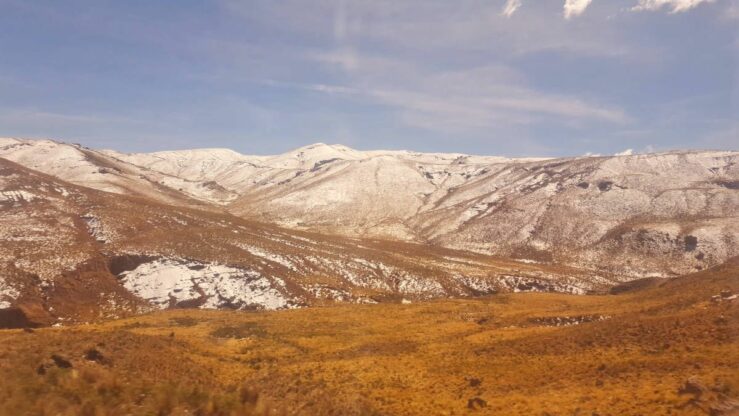
We are driving through an impressive scenery in the Andes, Peru | Photo: Travel In Culture
It is not many vehicles we encounter. If you are not an Andean resident or an explorer, there is no immediate reason why you should make a winding ride in the thin air where the landscape, at times, gives associations to a remote, infertile planet without civilisation. When we are close to the highest point on the route, the bus stops and everybody rushes out to take photos of the fabulous views. We all have the impression that our sheer transportation from Puno to Copacabana has turned into a sightseeing tour with the bus assistant being our tour guide!
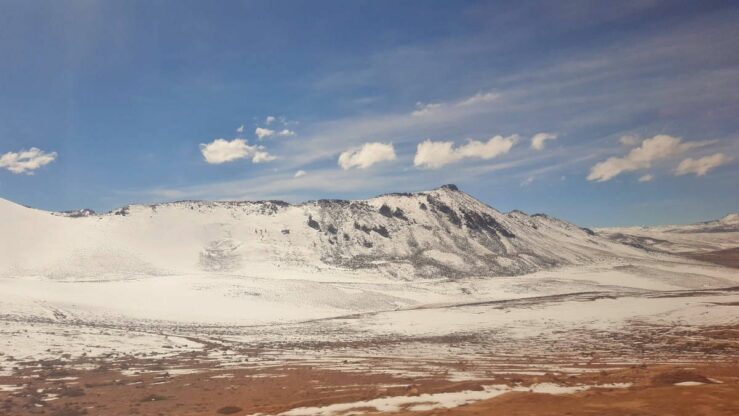
The plains and mountains are partly snow-covered when we reach the top | Photo: Travel In Culture
On the plains, we now and then catch a glimpse of a herd of llamas or alpacas calmly grazing, undisturbed. They drink from the lakes of melted snow.
The alpacas of Peru are veritable herd animals. In contrast, llamas can be spotted more individually, and in some contexts, they are even used as guard animals for alpacas and sheep. Both llamas and alpacas belong together with vicuñas and guanacos to the camelidae family in the Andes Mountains – like the camels in Asia and Africa. They are all herbivores and found in the grasslands and on the plains – but each species inhabits zones at specific altitudes. Distinguishing between llamas and alpacas is not hard since llamas are taller and have banana-shaped and longer ears than alpacas.
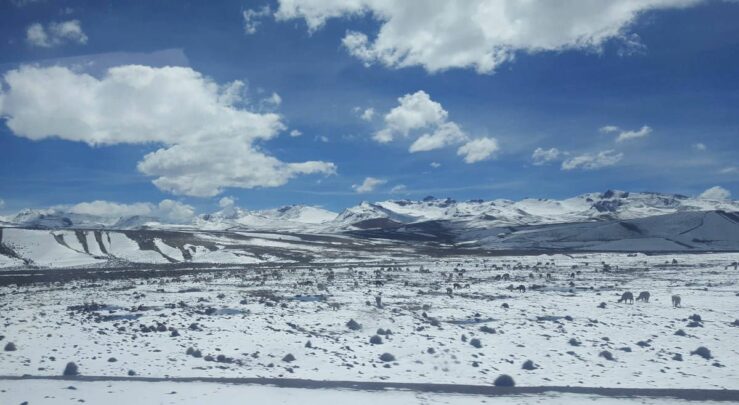
Llamas and alpacas dot the landscape on the plains of Peru | Photo: Travel In Culture
During the next few hours through the Andes of Peru, we spot thousands of llamas and alpacas searching for food in the sparse vegetation, even partly snow-covered. Later on, we see on a contour-lined map that we have actually reached an elevation of nearly 4,800 metres (15,700 feet) – far beyond the limit we would ever have dared on our own by fear of altitude sickness. Nevertheless, none of us are noticeably affected by the thin air.
Fortunately, no one else on the bus seems to have serious trouble. Perhaps we are all extraordinarily lucky. Sometimes visitors do get in a critical condition when being at this altitude. There is definitely a reason why many hotels in the Peruvian Andes Mountains have oxygen readily available for their guests. Problems due to low concentrations of oxygen can turn serious at short notice.
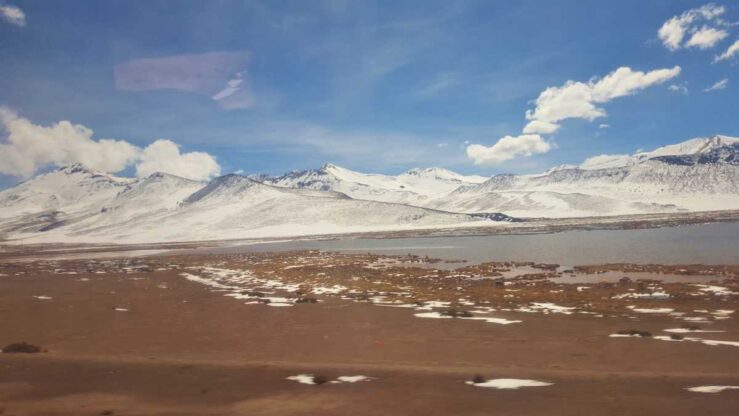
Photo: Travel In Culture
During our bus trip through the Andes, our focus is, of course, on the panoramic sceneries in this part of Peru, the surprising snow, the Andean villages and the herds of llamas and alpacas crossing our sight.
We are thrilled that we, in this way, coincidentally get to see the grandeur of the Andes Mountains and come across fascinating Andean wildlife!
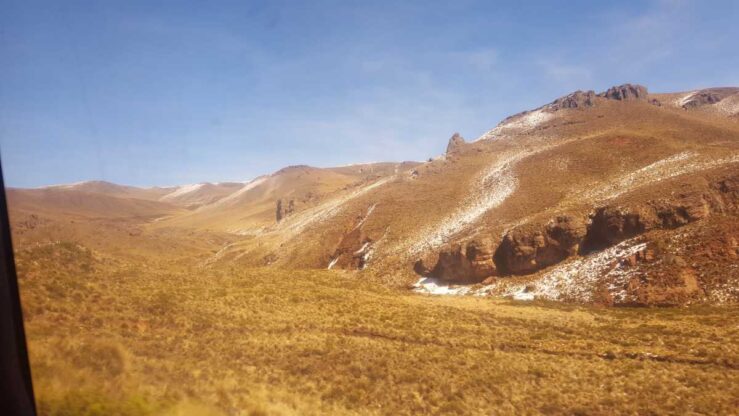
Photo: Travel In Culture
Read next: Things to Do in Peru in 8 Days
Find useful travel gear: Travel Essentials
Accommodation / Tours: Check Hotels, Tours & Activities
‘At 4,800 m among alpacas and llamas in Peru’
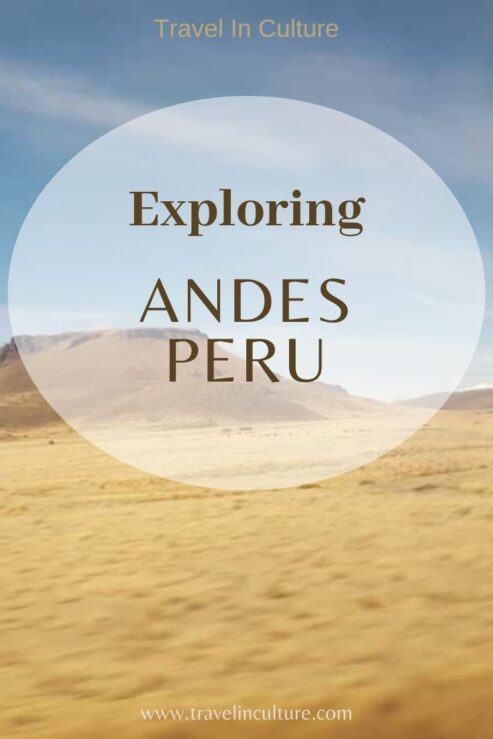
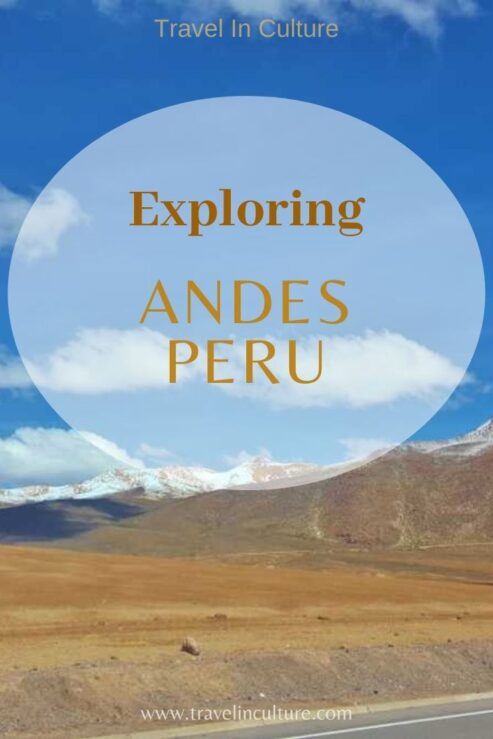
Featured image of
In the Andes of Peru among Llamas and Alpacas:
Poswiecie / Pixabay


